
Since Adobe introduced the Creative Cloud I have been looking to replace Photoshop and Lightroom. I don’t mind subscriptions when it comes to newspapers or streaming services because you pay for content, but a subscription for software is basically like renting it. This might be fine if you only need it for a period of time, like renting a car on vacation that you won’t need anymore when you travel back home. But software usually is something that you continue to use.
When Creative Cloud was introduced I already tested some software and found Capture One as the perfect replacement for Lightroom. But I didn’t really find anything to replace Photoshop. Certainly there was Gimp, but I was missing too many features that I constantly use in Photoshop. When Affinity Photo was introduced I was testing it very early on. But in the early release versions I was also missing some tools.
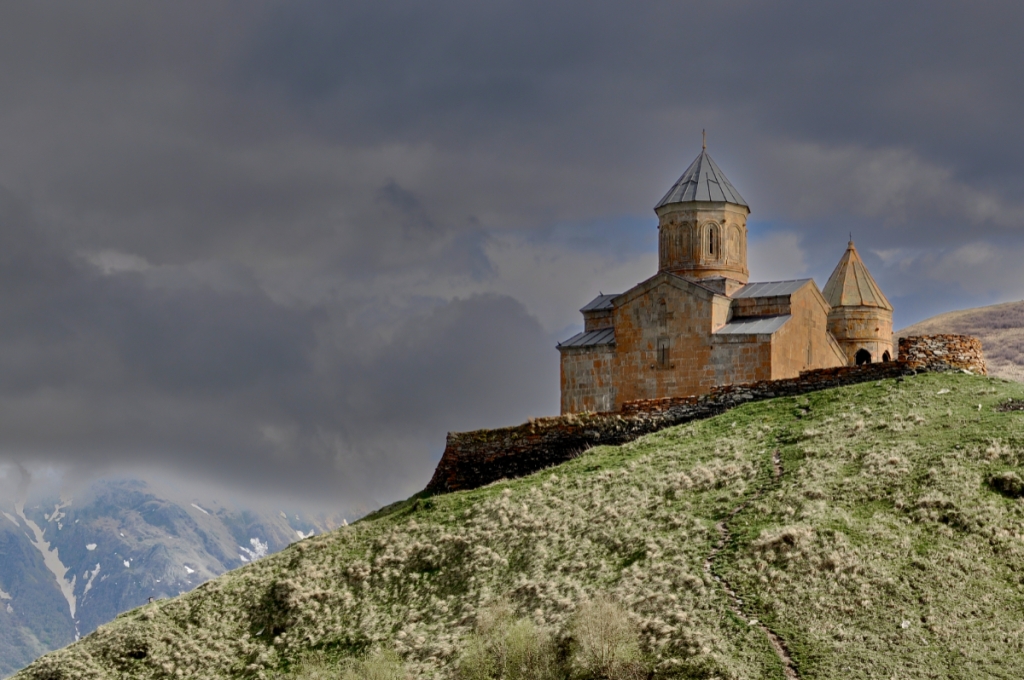
Though the Photoshop/Lightroom combination is still fairly priced I think that single programs are much too expensive. I have copies of Illustrator and InDesign, but these are old Mac versions and I’m using Windows for a couple of years now. Therefore I bought Affinity Publisher a while back to edit my latest books. As I needed to do some graphics recently I also bought Affinity Designer and decided to also update Photo (which was sitting on my computer in a version that hadn’t been updated in a couple of years) because all three programs work together very well. Then I noticed that the missing tools were finally integrated. I tried to edit some pictures and even found a lot of things that worked better than in Photoshop.
So, should I dare to ditch Photoshop?
I decided to do so.
However, before I decided to replace Lightroom with Capture One I wanted to test other RAW editors as well. At this point I should mention that I am mainly using a Fuji camera now. Therefore I didn’t test DxO Photolab. I’ve heard that it should be a great editor, but unfortunately it doesn’t support my Fuji RAWs. I also took a brief look at RawTherapee only. It is supposed to support Fuji, but somehow my photos didn’t really look sharp and I don’t want to use a sharpening tool too much.
But now to the programs I did test:

The first program I tested was Capture One and I was still amazed. First, it works really well with Fuji. Secondly the tools for processing photos equal or even excel the tools offered by Lightroom. Especially the colour control and colour grading tools are so much better and the ability to work with layers makes a lot of things easier. What I still find a bit confusing are there library tools, but I guess I just have to get used to them.
For the example picture I worked on the details of the tree and the colours and I managed to get out the best of the picture very easily.

Luminar was handling Fuji photos very well. I tried Luminar 4 (not the AI version) and it comes with a lot of AI features already. In my test photo I replaced the sky and added the birds easily. (However, there is one part in the picture that didn’t belong to the sky that was replaced as well.) But this is not really my style of working. If I want to replace the sky in a photo or add some elements I prefer to do that myself. The toolset for doing all the edits yourself I also found a bit limited and I thought that the tools don’t work as fine as the tools in Capture One or Lightroom. However, if you don’t want to bother too much with post processing I think Luminar 4 might be great program for you.
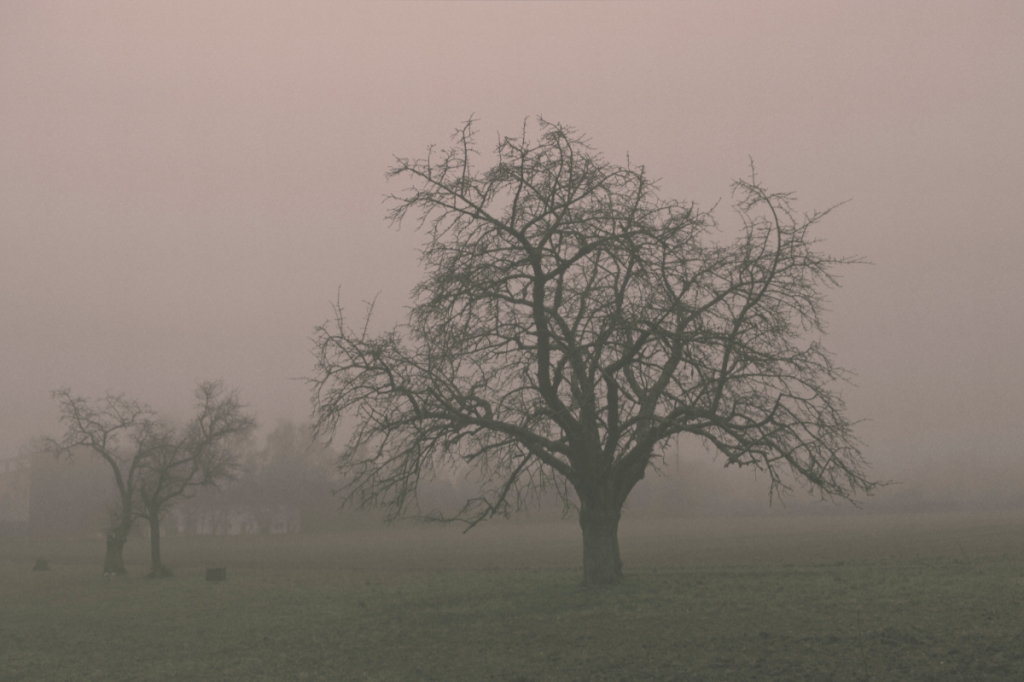
I know a lot of people really like On1. Overall, editing worked well but I didn’t really manage to reduce the noise in the picture. I read that the program should be great for noise reduction, so either it was the Fuji RAWs or I didn’t use the tool correctly.

The fourth program I tested was Topaz Labs Studio. Post processing worked very well here, but I was missing the library, so I guess the program works best as a plugin. The program comes with a lot of filters if you like this sort of thing, but all the important editing tools were there and easy to use. However, I need a library and therefore the program didn’t work for me.
After testing the programs I decided that Capture One was my software of choice. It is a professional editor that delivers stunning results for the RAWs I took with my Fuji camera and also with the old pictures I took on a 15 year old Nikon. Most of the tools work well with JPGs too (“The Church on the Mountain Top” is a JPG file and I didn’t take a RAW version of that motive).
So, finally, I can cancel my Creative Cloud subscription and continue processing with Capture One and Affinity Photo. I’m still trying to find a workflow though, because C1 doesn’t support AFPHOTO files (none of the programs I’ve tested does that). I could probably export them as PSD or TIFF files – I’m still experimenting with that.
And you? Which programs do you use? How is your post processing workflow?



























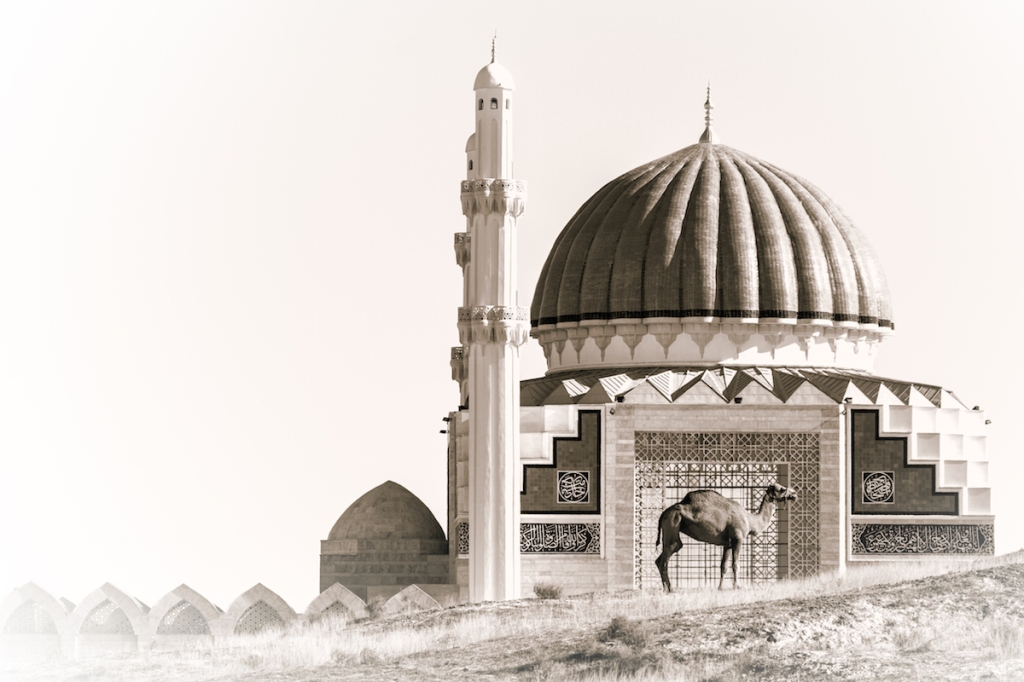



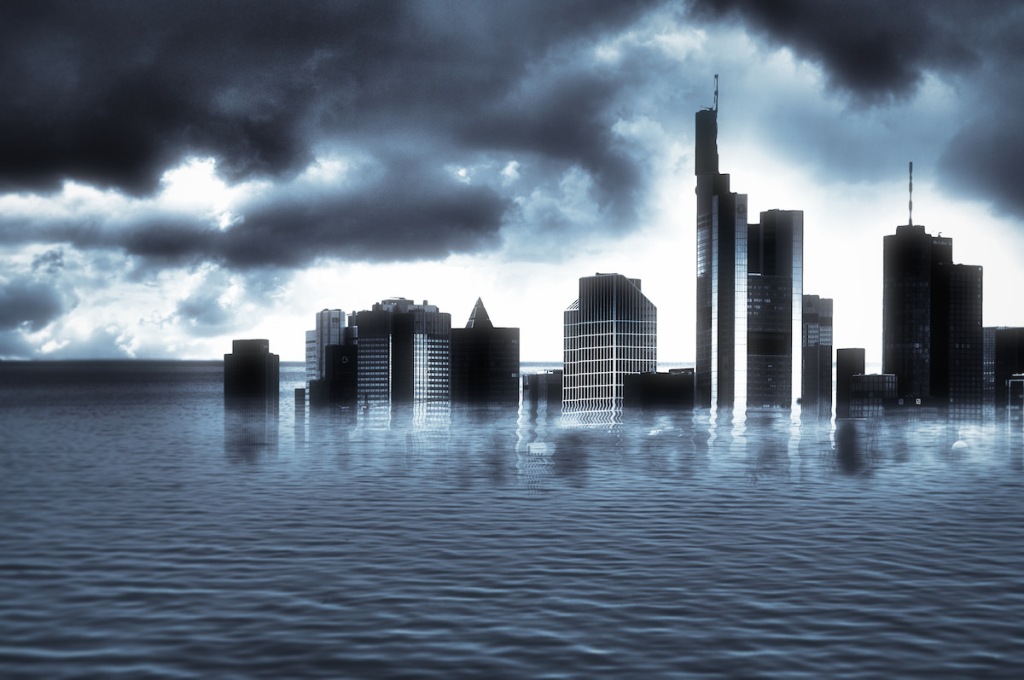












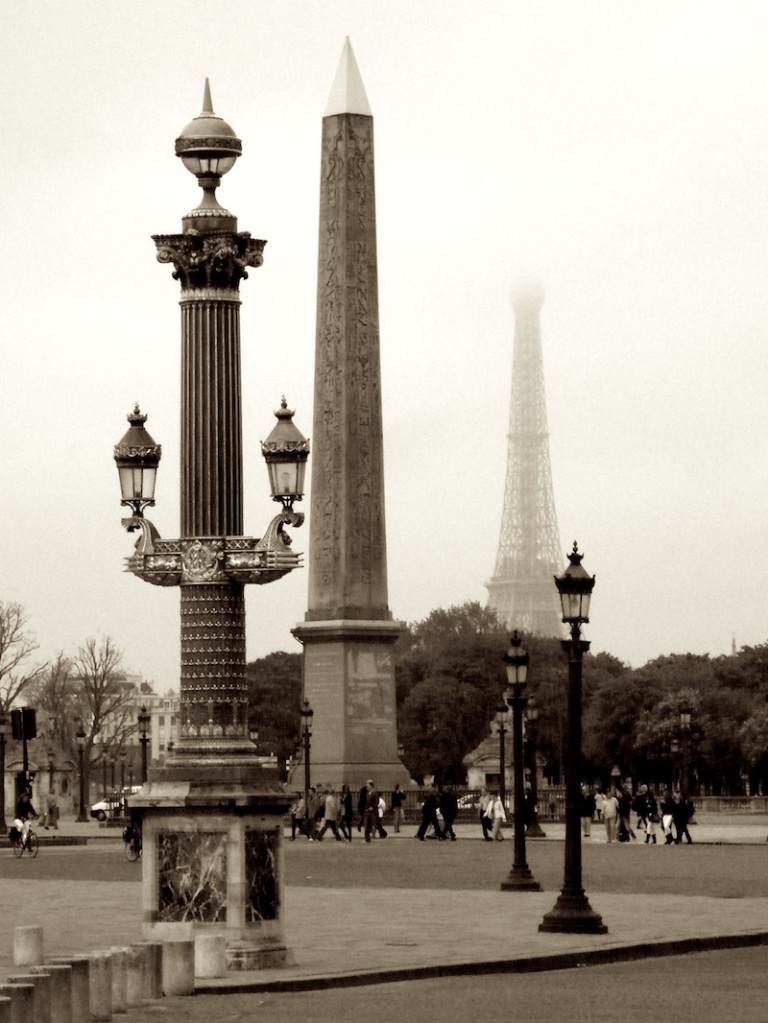
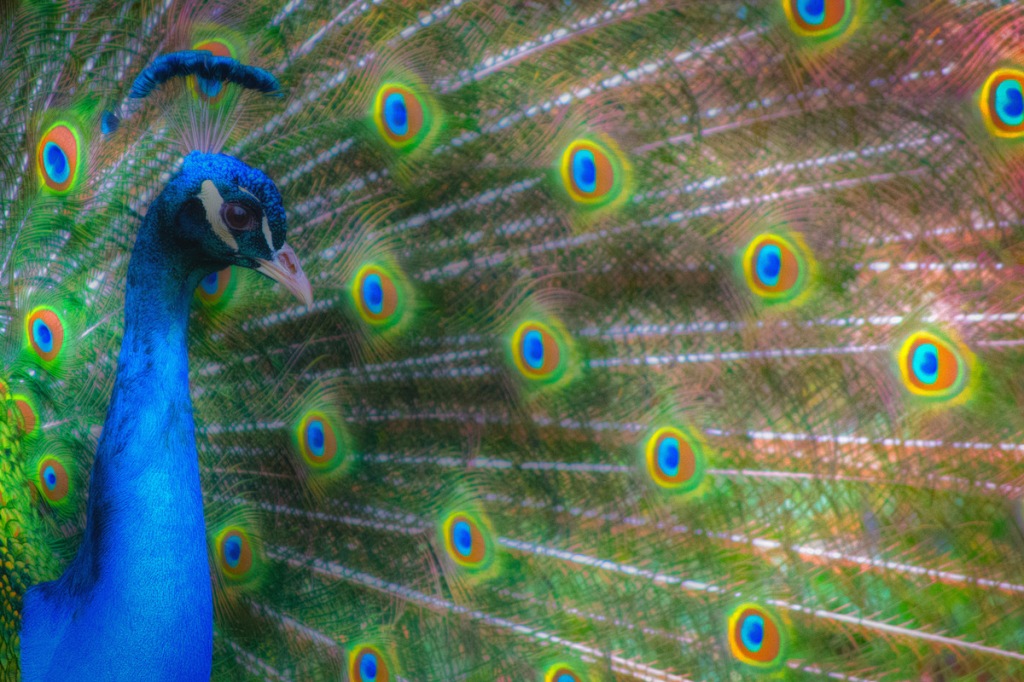




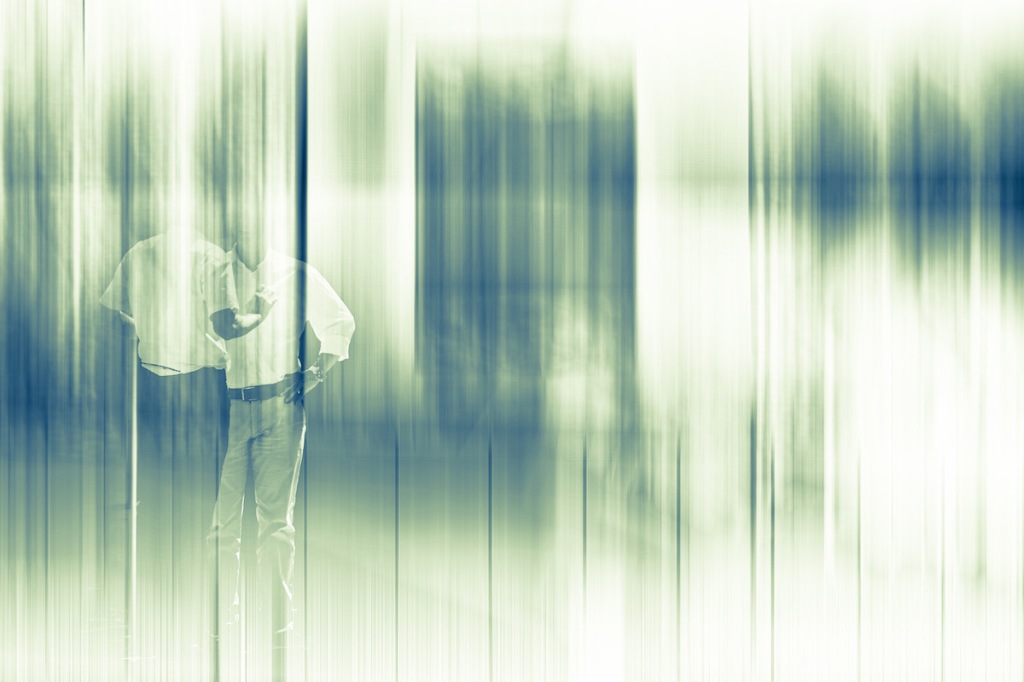










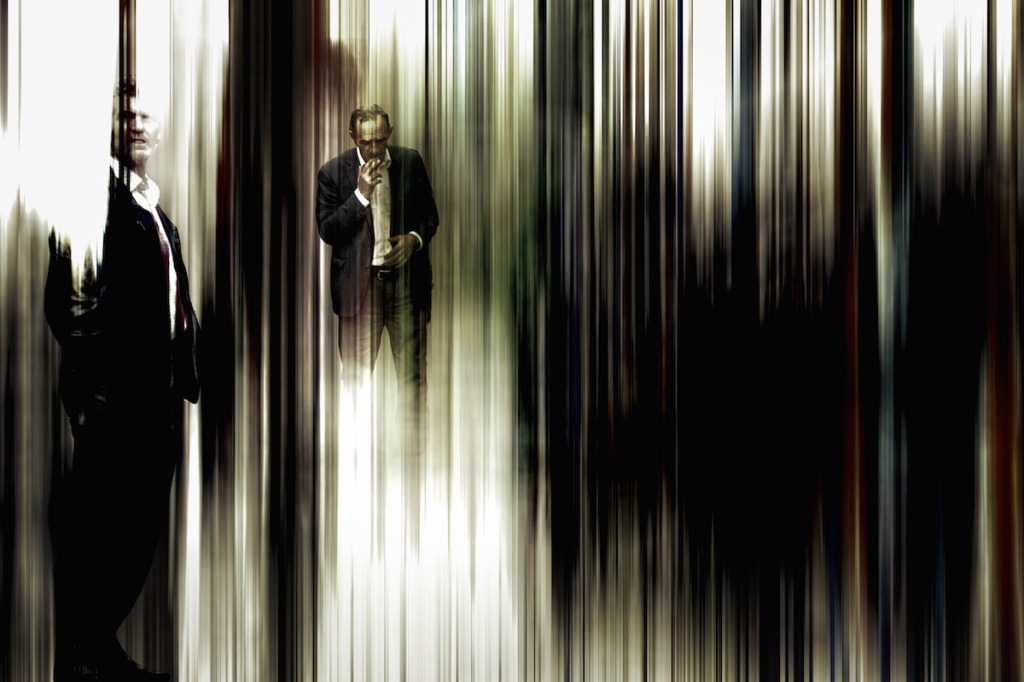



82 responses to “Capture One, Affinity Photo, Luminar? Post Processing Without Photoshop And Lightroom”
Very interesting! I use DxO Photolab and did not know that it does not support Fuji RAW. Capture One looks good.
LikeLiked by 2 people
I once had version 2 of Photolab – it did show the RAWs, but they looked really bad. I read that they still not support Fuji because they are supposed to be more complicated to convert.
LikeLiked by 1 person
This is an interesting article! I still use Lightroom, more or less exclusively, Photoshop I only use when I really need to get rid of some element in the picture. But as I know your images you need a tool like photoshop, or now Affinity photo. I think I bought the last stand alone version of Lightroom, for, I believe, 100 dollar or so. It is still functioning, but of course doesn’t get updated. It can read the raw files from my Fuji XT2, but not from de XHS and XT3 anymore. So I convert the RAF’s into DNG and it works again, although not the Fuji film simulations. I don’t care to much about that, I only miss the Provia simulation because I don’t know a preset that renders skin colours better.
LikeLiked by 2 people
Thanks for the compliment on the article.
I think Lightroom still is a great program, but I noticed that Capture One works a lot better wish Fuji. The photos are much sharper in a natural way and I really like the colour grading. The film simulations I never really used. I usually handle each photo individually, the way I think it works best.
LikeLiked by 1 person
I’ve used On1 for effects and to take other peoples low res photos and make them printable since 2009 or so. On1 was really effective for prepping images for large print. Now that I rarely print, I use On1 for some effects. I keep it up to date, but I don’t use it a lot. I still use Photoshop mostly because I like to use bridge and Camera Raw for organizing and developing raw images. I use Photoshop mostly for batch processing, putting my signature on photos, and reducing image sizes for the web. I tested Affinity when they first came out, and it was problematic because it used too much memory at that time. Since then, Affinity photo has became an excellent program that I recommend to people who are considering photo apps. I use Affinity Photo, Designer and Publisher at the office.
LikeLiked by 1 person
BTW I never used Lightroom. I used to have to help one of our architects with it and found it way too troublesome. He finally gave up on it.
LikeLiked by 1 person
Well, with On1 I had some trouble with the Fuji-RAWs… Not sure if I didn’t something wrong there. But I’m now happy with Capture One which I think works very will with Fuji. Affinity also works well here – I still have the Adobe subscription and sometimes use Photoshop. But Lightroom I stopped using.
LikeLiked by 1 person
I see you are too good with all.
LikeLiked by 2 people
Thank you. 🙂
LikeLike
Lightroom 6, die letzte Standalone. Aff Photos, aber wenig intensiv, seit gestern Affinity Publisher, hoffe, ich komm da klar… bislang keine Publisher Erfahrung.
LikeLiked by 2 people
Die Affinity-Programme benutze ich auch immer mehr. Publisher habe ich schon für ein paar meiner Fotobücher benutzt, damit komme ich ganz gut klar. Im Moment experimentiere ich etwas mit Designer und überlege, ob ich das nicht mit Fotos kreuzen kann.
LikeLike
Für meine Bedürfnisse nutze ich lediglich Microsoft Fotos, obwohl ich GIMP auf dem Rechner habe.
Das wichtigste ist für mich Schärfe und das erledige ich meistens mit einem ordentlichen bunch an Fotos eines Objekts.
Anders wäre es, wenn ich meine Fotos groß ausstellen würde, also mind. 40X30. Da ginge das nicht.
LikeLiked by 1 person
Ich stelle ja öfters aus. Ich hätte auch jetzt eine Ausstellung, die aber leider Corona zum Opfer gefallen ist.
LikeLiked by 1 person
Oh, wie ein Keramikerfreund wohl auch.
Vor 3 Tagen war eine einzelne Frau da, die hat was gekauft – das ist schon ein gewisses Highlight.
LikeLiked by 1 person
Ja, das ist es auf jeden Fall.
Eigentlich sollte ich jetzt eine Ausstellung haben – die wurde aber wegen Corona aufs nächste Jahr verschoben.
LikeLiked by 1 person
Wir nehmen in September an einer Keramikschau in Sommerhausen teil.
LikeLiked by 1 person
Im Moment scheint es ja auch wieder Ausstellungen zu geben.
Ich muss ja noch bis nächstes Jahr warten. 🙂
LikeLiked by 2 people
Gemischte Gefühle.
In sommerhausen geht es press durch die ortschaft.
LikeLiked by 2 people
Para los amantes de la fotografía presentas un cuadro con variedad de opciones para mejorar la imagen. Yo solo puede disfrutar de las excelente imágenes que has creado pero de allí a la técnica, hay una enorme brecha.
Solamente puede notar que vas de progreso en progreso en los campos que te has dedicado a seguir. Bien por ti y tu constancia de seguir mejorando cada vez más.
LikeLiked by 1 person
Muchas gracias por tus palabras, Manuel.
LikeLiked by 1 person
Por nada Rabirius. Es un placer disfrutar de tus fotografías y tu música.
LikeLiked by 1 person
Gracias.
LikeLiked by 1 person
I have been using Affinity Photo for quite some time now. I like the fact that you own the program and their support material is amazingly good.
LikeLiked by 1 person
Well, I have just started to use Affinity more and more and I have to say that I really like it as well and it suits most of my needs.
LikeLiked by 1 person
I also like the support the Serif people offer with their outstanding tutorials.
LikeLiked by 1 person
Yes, they are doing a great job. To teach myself Affinity Designer I also bought their book. It is really good to learn the program.
LikeLiked by 1 person
I ma using their book and tutorials on Affinty Photo.
LikeLiked by 1 person
Yes, I also had a look at the books and they are really good. I also really like the concept.
LikeLiked by 1 person
Very interesting all your exploration on the various editing tools and your reasoning for following a specific one, however the £9.99 for a monthly subscription is the equivalent of 2 coffees and the respective pastries, and for that amount you get the best photo editing tool on the market.
There was a time when I would start processing with Lightroom and then continue with Photoshop. I now only use ACR through Bridge which again is superior to Lightroom for my needs.
Ultimately it is not the tool what is prioritative. The pencil/pen does not make the writer…
LikeLiked by 1 person
Well, I also think that the price for the subscription is okay. My problem is that you don’t own the software.
Surly, creativity doesn’t come from the software and one should use what suits best.
LikeLiked by 1 person
I use Capture NXD I got free with my Nikon, great for normal post processing. For effects pixlr is also free. I trialed Paintshop Pro when I needed to restore some old scanned prints and then used other tools to see what I could achieve. It worked well but I’m loathed to spend out to install it permanently.
LikeLiked by 1 person
Yes, I guess the programs by the camera producers work well as they know how to process the RAWs best. Pixlr I never tried.
LikeLiked by 1 person
I use DxO. I love it. I think it’s a shame they don’t do Fuji. This is an excellent analysis. I know of quite a few people who use Capture one and love it. I’m tempted to try it. I would continue to use DxO for my RAW processing, however. Their noise reduction is second to none.
LikeLiked by 1 person
Yes, I heard that the noise reduction should be fantastic. But as I use Fuji I cannot really use it and didn’t really try that out. The one in Capture One is also really good already – at least compared with Lightroom. But it might be that it just works better with Fuji. So far I think Capture One is really amazing if you shoot with Fuji.
LikeLiked by 1 person
One of my mentors shoots Fuji and he swears by Capture One.
LikeLiked by 1 person
I can imagine that. It is much easier to develop Fuji.
With some of the old Nikon photos it is more or less similar, however, I really like the colour management in Capture One. I just worked with some portraits for a job and could really fix everything without having to go to Photoshop or Affinity Photo.
LikeLiked by 1 person
That is a definite advantage.
LikeLiked by 1 person
i use Photoshop in combination with Topas labs and Nik collection toolkit.
LikeLiked by 1 person
I think Topas would work well as a plugin. Nik I only have in the free Google version that isn’t working properly anymore. Not maybe I will upgrade it one day.
LikeLike
I’ve seen older versions of Lightroom (up to 6) on eBay but they want a lot of $. I’m using a very old version of Photoshop and Lightroom 3 and I’m fine with that. Thanks for the reviews.
LikeLiked by 1 person
I know. A lot of people do not feel well with software subscriptions. And I see that more and more companies introduce subscription models. What I hate about it is that you don’t own the software and when you don’t pay you cannot use it anymore. I switched from a Mac to Windows some years ago and therefore I had to take the Adobe subscription. I also have older Mac versions – but I cannot use them anymore as I don’t have a Mac.
LikeLike
Nice comparison of the possibilities. I myself have been experimenting with Luminar Ai lately. And so far I like it.
LikeLiked by 1 person
I only tested Luminar 4 which already has some of the AI functions. I think they work astonishingly well. But I prefer to do everything myself… I like the process of editing.
LikeLiked by 1 person
I agree on that, Rabirius. For my daily work I mainly use the old familiar Photoshop 6.0. So far I think Luminar is mainly an added value with, for example, a bitten sky.
LikeLiked by 1 person
Yes, the sky replacement worked pretty well. However, I usually do that myself as well. In Photoshop and Affinity it is usually pretty easy when you erase the colour of the sky and put the picture in front of another one.
LikeLiked by 1 person
That’s right, Rabirius, I have used it that way too. But now and then I like to try something else to play with. 🙂
LikeLiked by 1 person
Yes, trying something else is always good.
LikeLiked by 2 people
I appreciate you sharing all of this. Very informative and I learned a lot. I have been a photoshop person since the dinosaurs and always find information on other options enlightening!
LikeLiked by 1 person
Yes, I also used photoshop for ages. But I think it is good that there are alternatives and hope that we will see more of them in the future so you have a choice. Affinity already covers most things so it can be an alternative for a lot of users already, I think.
But it depends what you want to do. For some people more basic programs will do as well.
LikeLiked by 1 person
Great advertisement there. Now all you need is for the company to hire you (or buy your photos) for an advertising campaign and pay you with unlimited usage of all the products and services for an unlimited time !!
LikeLiked by 1 person
Sadly I don’t have any sponsors. But therefore you got a review with everything like I experienced it.
LikeLike
Maybe you like to replace Lightroom with Darktable and Krita to replace Photoshop, Fresco & Painter? Here is a list of the best alternatives to Adobe CC Products…
LikeLiked by 1 person
Thank you for adding the link with a list to further alternatives.
Sadly Darktable didn’t work very will with Fuji-RAWs. Using Fuji cameras is a bit limiting when developing RAWs.
LikeLiked by 1 person
Reblogged this on Manolis.
LikeLiked by 1 person
Thanks for reblogging.
LikeLike
I’ve been using Affinity Photo since made the switch to Mac few years back. To be honest, I still miss Photoshop when resizing photos. And I’m still not that familiar with all the possibilities of Affinity. All it takes is practice 😉
LikeLiked by 2 people
I think Affinity Photo is great. I have been using it a lot lately and I hardly missed anything in Photoshop. But certainly, Photoshop has a lot more functions to offer. I never really enlarge my pictures therefore I never tried to do it in Affinity.
LikeLiked by 1 person
As someone who thinks all these processes are beyond him I found this fascinating. I abandoned Photoshop about 15 years ago and just use my iMac editing. I couldn’t imagine making the creations I have watched you produce over recent years.
LikeLiked by 2 people
Thank you, Derrick. Well, I’m constantly learning Photoshop/Affinity Photo myself. Even if you know all the functions, you have to learn how to use them to archive a certain effect. But certainly, if you don’t do composites and things, you can enhance your photos with simple editors as well.
LikeLiked by 1 person
een interessante publicatie over fotobewerking Rabiius
voor wat ik doe, hou ik het op Pixlr E
LikeLiked by 2 people
Dank je wel, Willy.
LikeLike
Vielen Dank für diese interessanten Informationen. Ich verwende photoscape. X und probiere neuerdings paint.net aus, um Neues kreiern zu können. Bis jetzt mit wenig Erfolg, bin zu wenig ambitiös, lächeln. Heb’s guet. Ernst
LikeLiked by 2 people
Ja, je mehr man mit einem Programm machen kann, desto hör die Lernkurve. Da muss man schon etwas Zeit investieren. Oder einfach probieren und wenn etwas nicht klappt im Netz nach einer Anleitung suchen. So habe ich das am Anfang gemacht. 🙂
LikeLike
Thanks for teaching
LikeLiked by 2 people
You’re welcome.
LikeLike
this is evacuation plan site in georgia thanks all .
ევაკაუციის გეგმა – https://case.ge/
LikeLike
Die ganze Frage ist eher theoretischer Art wenn Du als Werbefotograf gezwungen bist mit externen Bildbearbeitungsagenturen (Postproduktionen) zusammenzuarbeiten bzw. Diesen klare Vorgaben machen sollst damit die aus deinen Bildern den gewünschten Look rausholen. Ich kenne weder national noch international eine Postproduktion die nicht auf die Kombination Lightroom-Photoshop oder CaptureOne-Photoshop setzt. Wenn Du da als Profi mitreden willst solltest Du auch genau diese beiden Kombinationen kennen.
Als ambitionierter Amateur kann man das entspannter sehen. In meinen VHS Kursen rate ich meinen Leuten zu Affinity Photo da es ein wie ich finde unschlagbares Preis-Leistungsverhältniss hat. Zudem dieselben Shortcuts wie Photoshop, das macht es mir als Dozent leichter 🙂 Luminar funktioniert aber auch ganz gut, gerade für Leute die schnell mit wenigen Klicks und Reglern eine rasche Bildbearbeitung machen wollen.
Ich persönlich hatte mal Pech mit Capture One, nach einem 10 Stunden Fotojob mit Modellen im Mietstudio war die Hälfte aller Motive in den Tiefen des etwas unergründlichen Programmes verschwunden und wir haben bis Mitternacht gebraucht sie wieder zu finden….das brauche ich nicht noch ein zweites Mal. Aber das war persönliches Pech, die Farbsteuerung ist wirklich Klasse. Mir selbst liegt Lightroom intuitiv näher, ich arbeite aber mit beiden Programmen und Photoshop da ich den ABO Preis für die beiden Programme zusammen für fair halte.
Beste Grüsse von Jürgen
LikeLiked by 1 person
Ja, natürlich ist Photoshop immer noch Standard. Ich denke aber, dass sich Affinity Photo auch noch dahin entwickeln kann. Dafür dass sie noch bei Version 1 sind, ist das Program wirklich erstaunlich. Photoshop habe ich noch immer nicht gekündigt, versuche aber jetzt das meiste mit Affinity zu machen.
Andere Programme, die es versucht haben, mit Photoshop aufzunehmen, sind meist bei Photoshop Elements stecken geblieben und da ist Affinity auf jeden Fall schon drüber hinaus.
Lightroom habe ich jetzt ganz durch Capture One ersetzt. Gerade wenn man mit Fuji fotografiert ist das Programm viel besser.
LikeLike
I have been using Affinity Photo Editor since 2017. I like the fact that you own the program and their supports are amazingly good. Thanks
LikeLiked by 1 person
Yes, I like that as well.
Photoshop you cannot really own anymore, unless you still have one of the older versions.
LikeLike
I use Lightroom for photo edition and DaVinci Resolve for video.
I’m a MacOS user, and don’t want to come back to Windows. I only have to use it 9to5 during weekdays, if not, I would only use my MacBook.
For video, still thinking about Final Cut Pro one day… but it’s expensive. We never know the future. 🙂
Great article!
LikeLiked by 1 person
I love DaVinci and use it for video.
I also recently read an article that it is as good as Final Cut and other major video editors, but it has sound, animation and colour grading included which the other major programs don’t have and you have to use extra programs for that.
LikeLiked by 2 people
I was wondering about Affinity Photo. I use Affinity Designer but it’s been hard to get used to after Adobe InDesign. I’m afraid it would be the same if I switched from Photoshop.
LikeLiked by 1 person
Well, I didn’t really found it very complicated. The programs are very similar.
However, I cannot really compare InDesign and Designer because I only know InDesign CS3 and hadn’t used it for ages before trying out Affinity Designer.
LikeLike
Amazing blog!
Do visit to my blog and follow it if you like.
LikeLiked by 1 person
Than you, Shristy. I will have a look at your blog.
LikeLike
Found this post very informative….thanks for sharing….gives me a lot of food for thought!
LikeLiked by 1 person
Great. Glad I could give you some valuable information.
LikeLiked by 1 person
For quite some time I used EasyHDR, because with in just one step it produces sharp HDR- or HDR-like [actuelly, in my case, LDR , from just one picture] renderings. But sometimes it falsifies colours, nd sometime it’s too ectreme in details, e.g, small thin leaves.
So, lately, I have used ACDSee Photostudio Ultimate 2022, Cyberlink Photodirector 365, and Affinity Photo. The latter I haven’t used often enough to be able to form any opinion on it. ACDSee works well if I only want to sharpen photos, not so well when I want saturation, e.g. Both, sharpening and saturation – and those are what I want most of the times – work well in Photodirector. What I like with ACDSee most is its cataloguing feature.
Conclusion: I’m still experimenting.
I’ll check out the programmes you mention here, though. Thanks for the information.
LikeLiked by 1 person
Thank you.
I have used EasyHDR for a while as well. This was when I only had the HDR function in Photoshop, which I thought was quite bad.
Affinity has some HDR functions as well, but so far I haven’t used it much.
With Affinity, the problem is that it doesn’t have any cataloguing features. But who knows, that might still come. As the software still is quite new, there will probably be some developments.
LikeLiked by 1 person
I really like the cataloguing feature of my ACDSee/
LikeLiked by 1 person
I cannot really compare it.
I only know the ones from Lightroom and Capture One. Both work well too, I think. But I don’t know if they are better than ACDSee.
LikeLike